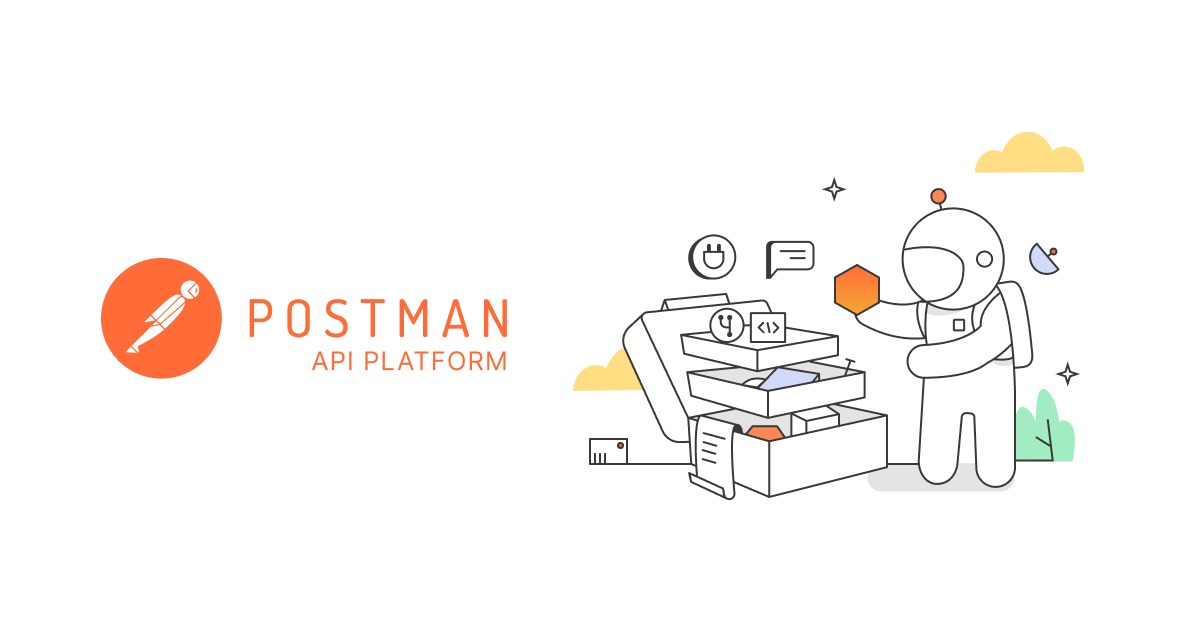How RareWire Uses Postman to Save Development Time and Build APIs Easily
Writing apps that use REST APIs without using Postman is kind of like driving a car with mud or ice on the windshield: if you know your environment and take it slow, you might be safe. But using Postman makes it easy to see where you’re going much more quickly and easily, saving valuable development time and making building APIs into your mobile app easy.
At RareWire, we have built a platform that makes it easy for anyone to build native iOS and Android apps. Our easy-to-learn language was built with designers and web developers in mind. While this audience can pick up our language fairly quickly, other protocols like REST APIs may be completely unfamiliar for them. While we can’t change the protocol, we can recommend Postman. Postman exposes every part of an API request: the endpoint, the parameters, the headers, and the response, making it extremely easy to build a datasource connection into their mobile app.
Users often utilize backends-as-a-service like Parse, data retrieval APIs like Google’s Geocoding API, and interacting with social networks like Twitter. These external APIs can make an app much more powerful, but it’s often challenging send exactly the right data to exactly the right place. With Postman, you can figure out what how to get your app to communicate, before you even touch a line of code.
With Postman, you can figure out what how to get your app to communicate, before you even touch a line of code.
On the other side of our business, we often use Postman to test APIs when we build apps for clients. Different businesses will come to our in-house developers and designers and ask for an app that integrates with a wide variety of backends. Some even have developed their own backend that their app needs to interact with. We can easily test these unique and unfamiliar APIs with Postman, saving time and energy so we build the app right the first time.
We recently had a client that required image uploading using multi-part forms. Without extensive knowledge of HTTP protocols, we were able to troubleshoot that process with Postman. According to one of our developers, “Postman made that 100 times easier.”
According to one of our developers, “Postman made that 100 times easier.”
The Collections feature is fantastic for working with others. On one project, we were working with a company in another country who developed a backend while we were designing the app simultaneously. The backend firm would send their collection of API requests, we tested them in Postman, and quickly built it into the app.
When asked about Postman, one app developer said, “I love it because it makes it easy to do stuff without having to be smart.” Postman takes the guesswork out of testing APIs and that helps RareWire, users of our platform, and our clients. When you can see where you’re going, it’s easy to reach your destination.
Tyler Hillsman (@thillsman)
Director of Marketing, RareWire
I have been amazed by how people are using Postman. I wanted to share experiences of companies who have made their workflow faster and cut down on inefficiencies. If you want to share your experience on this blog, do email me at [email protected]! – Abhinav (@a85)

How to uninstall jetpack from postman?
After i run APi’s in runner , where can i see the report
i downloaded from history but contains only code and tests pass fail- i want the full reposne code to be captured . is there any way.
in history :
“detail”: “Standard response for successful HTTP requests. The actual response will depend on the request method used. In a GET request, the response will contain an entity corresponding to the requested resource. In a POST request the response will contain an entity describing or containing the result of the action.”
Is there any way, we can generate reports?